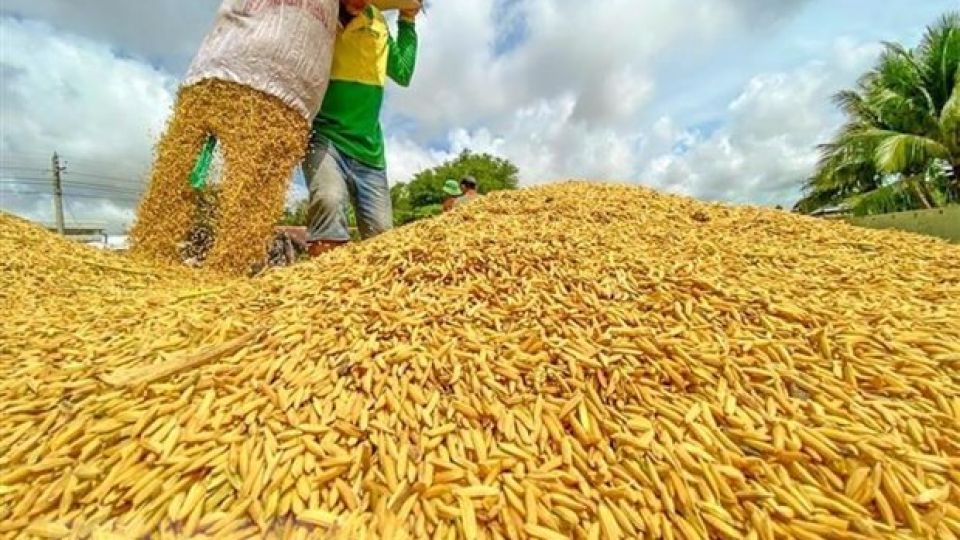December 5, 2022
HANOI — The Directorate General of Foreign Trade under the Indian Ministry of Commerce and Industry has officially lifted a ban on the export of organic non-basmati rice, including broken rice.
The decision to lift the ban was made on November 29, after concerns about the risk of rice shortages eased.
The rice export ban was imposed to ensure sufficient domestic supplies, amid concerns that a fall in winter crop production could lead to rice shortages.
In an attempt to increase domestic supply then, the federal government of India also imposed an export tax of 20 per cent on non-basmati rice varieties, except parboiled rice.
In India, the winter crop starts in June-July and is harvested in October-November.
Vietnamese rice exports rose sharply right after the ban.
India, which accounts for 40 per cent of global rice exports, banned the export of broken rice (accounting for 11 per cent of total exports) and levied a 20 per cent tax on white rice exports from September 8.
The Vietnamese General Department of Customs reported that the country’s rice exports reached 713,546 tonnes, worth more than US$341 million, in October, up 22.3 per cent in volume and 23.9 per cent in value compared to September.
This is the month with the highest rice export volume in history.
However, India lifting the ban puts competitive pressure on Vietnamese rice and may reduce the momentum of export rice prices in the future.


